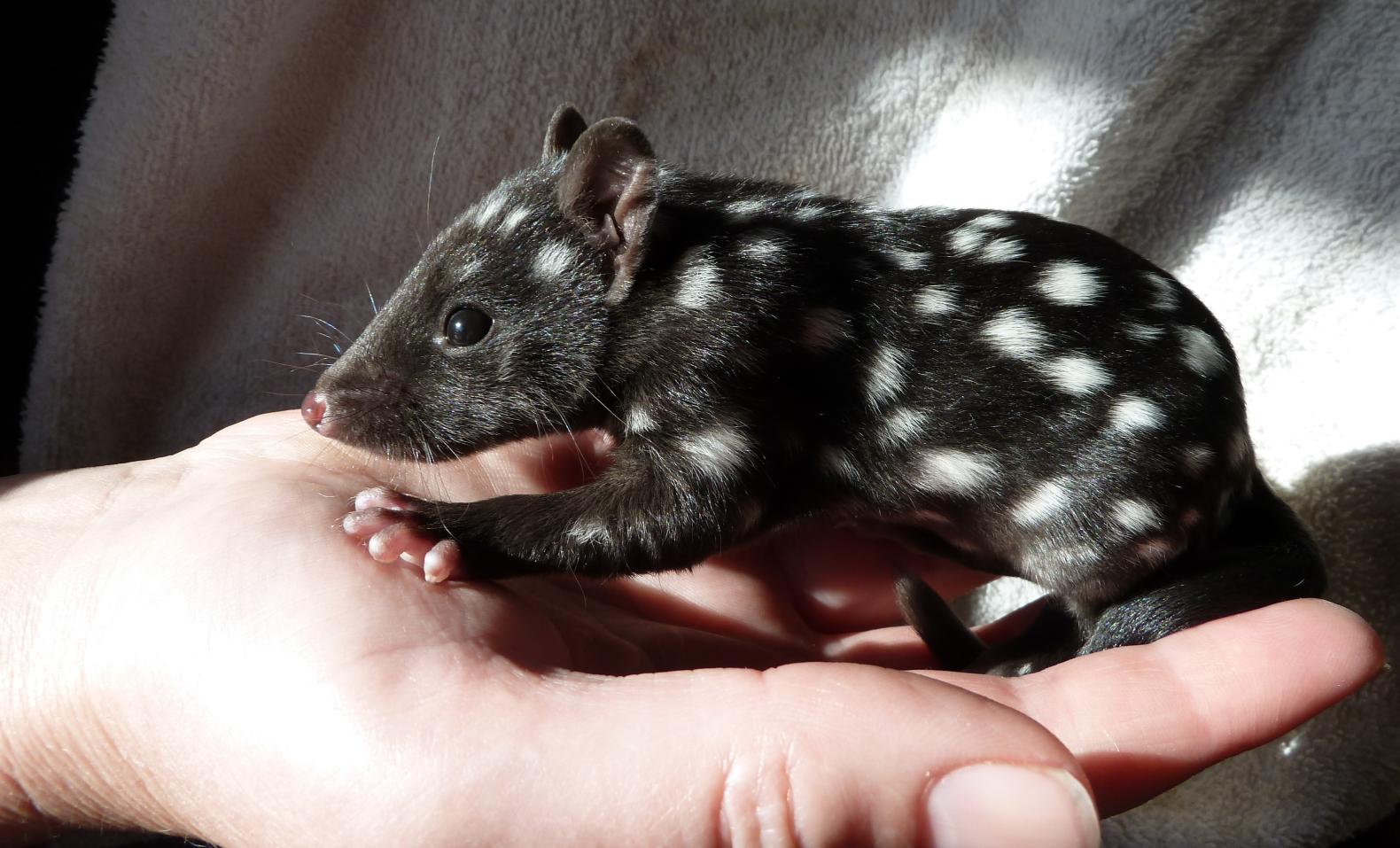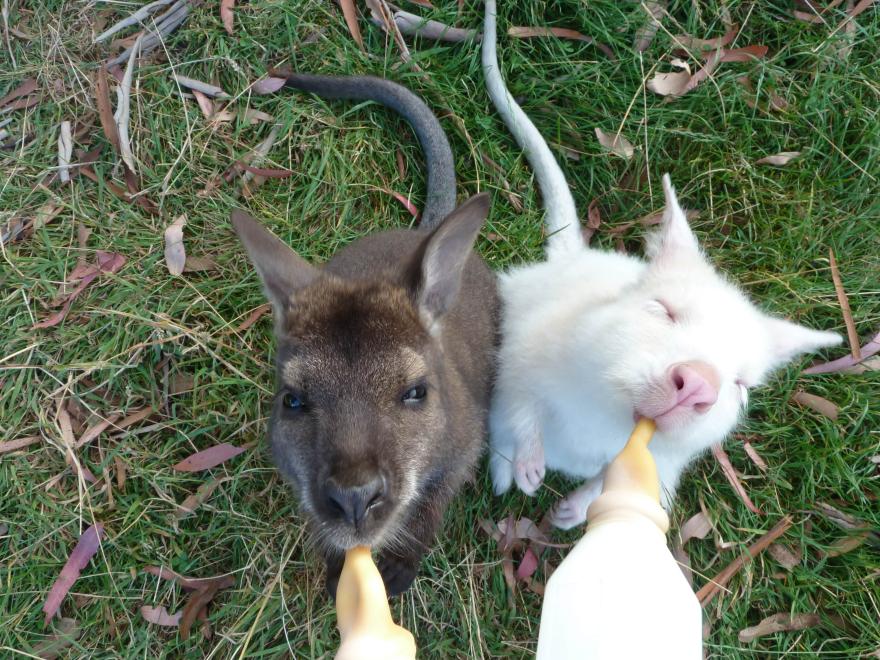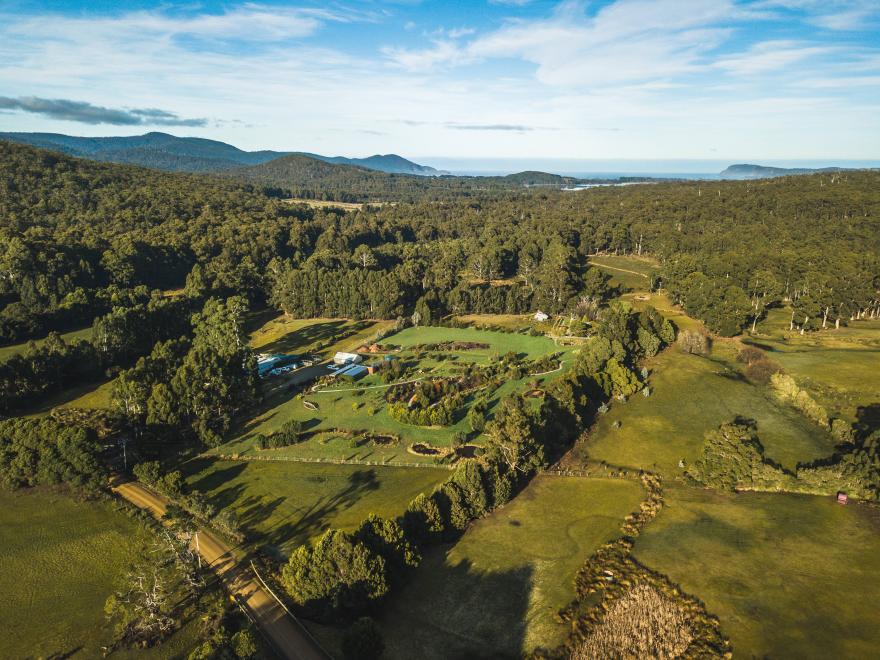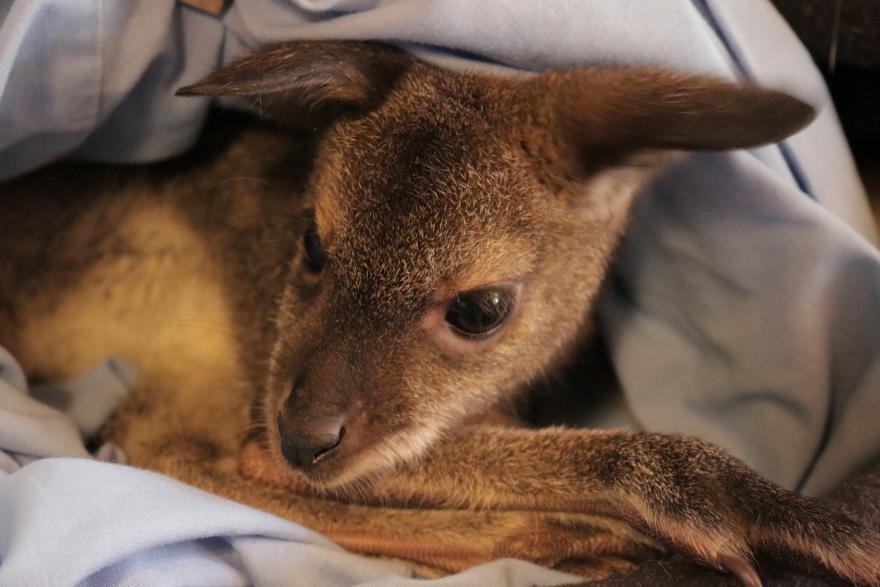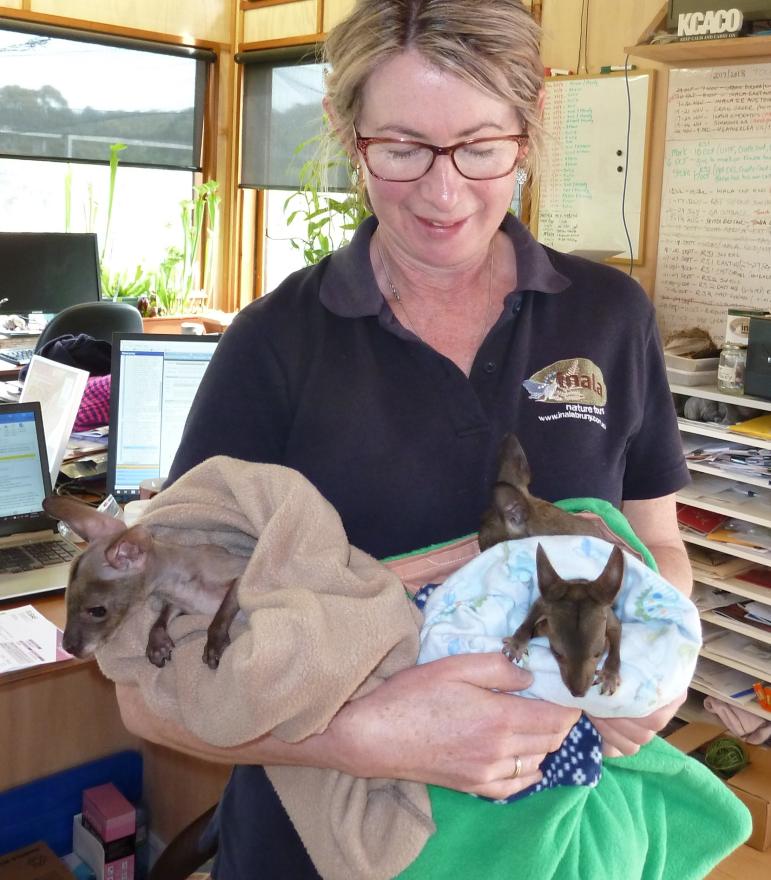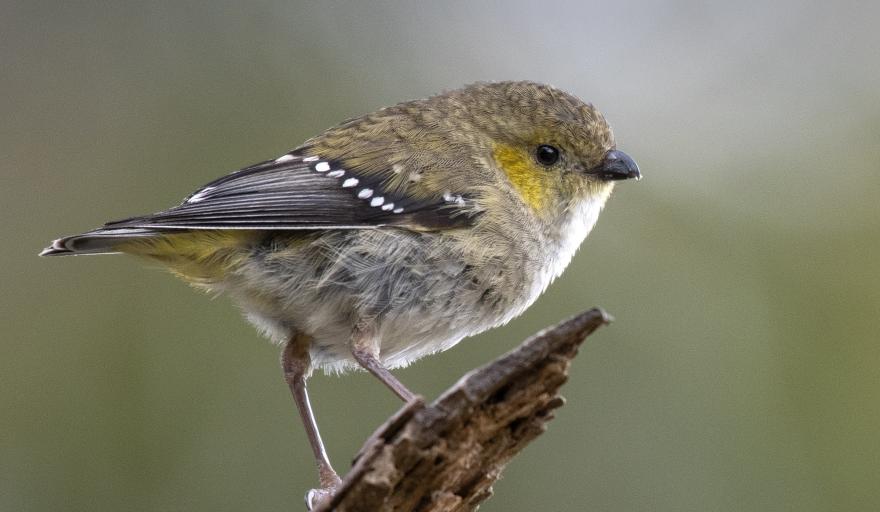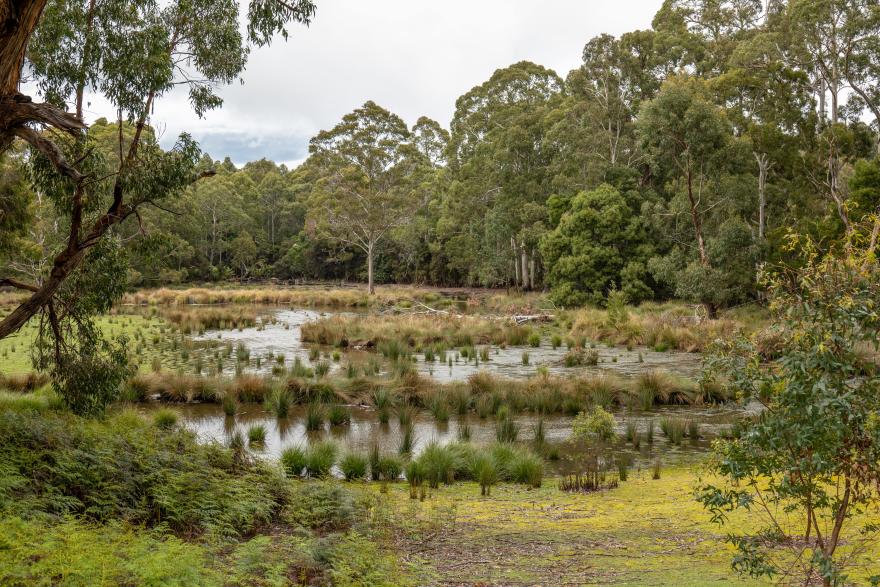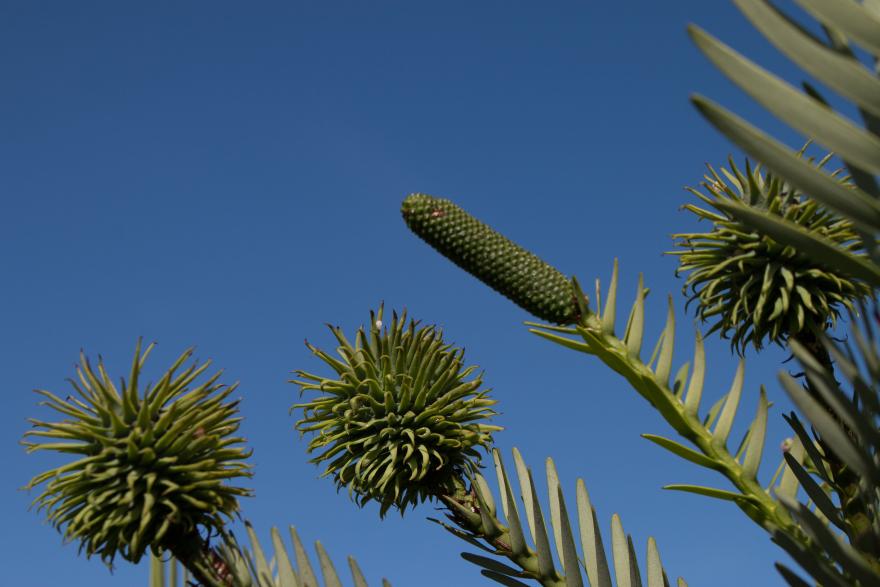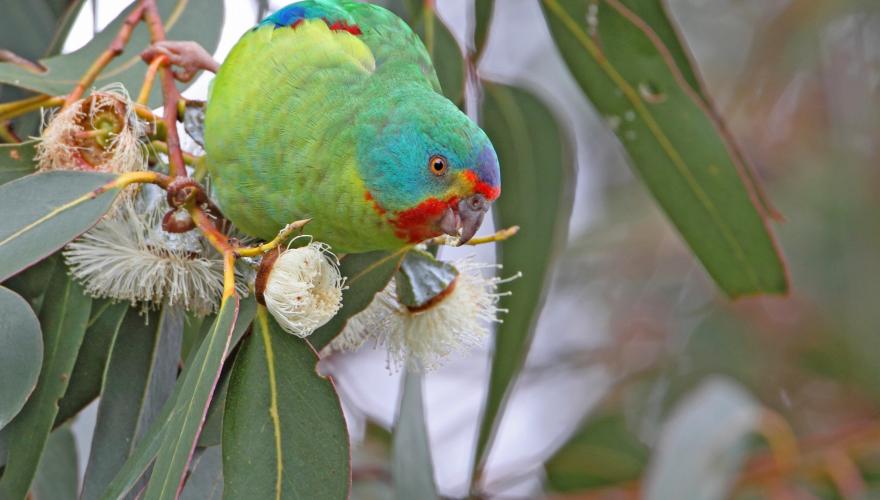At Inala we are often presented with injured or orphaned wildlife to care for until they can be rehabilitated and returned to the wild where possible. The Inala Nature Reserve provides a wonderful safe haven to 'soft release' rehabilitated wildlife. Funds donated to the Inala Foundation help to purchase essential supplies such as formula and pellets.
At any given time we have between one and a dozen injured or orphaned animals at Inala.
These are often Bennett's Wallabies and Tasmanian Pademelons, but the list of rehabilitated species is varied and impressive and includes the likes of Brown Falcon, Tasmanian Pademelon, Long Nosed Potoroo, Antechinus, Echidna, Little Pygmy Possum, Brush-tailed Possum, Little Penguin, and even Blue-tongued Lizards!
Wildlife Rehabilitation
When the orphans are ready to be released into the wild they are gradually soft-released onto the 1500-acre Inala Nature Reserve where they can have a choice of suitable rich habitats with strong food and shelter resources. We ensure that there is grass as a food source year round by keeping the open pasture areas well tended.
Inala Nature Reserve
Photo: Brad Moriarty
Sadly roadkill in Tasmania is very high and is the cause of most of the orphans that end up in our care.
We work with the Bruny Island Environmental Network on methods of reducing driving speeds and improving driving behaviour (particularly at dawn and dusk when wildlife is most active).
The whole Inala team collectively stop at every roadkill we see on Bruny and check the pouch of dead females for any surviving orphans. We then remove the body a good distance from the road. The reason for this is three fold:
(1) it is safer for the vehicle traffic without a body on the road,
(2) it is safer for the scavenging mammals who may come to feed on the body at night and;
(3) it is safer for raptors that may come down to feed and get hit by vehicles before they can fly away.
